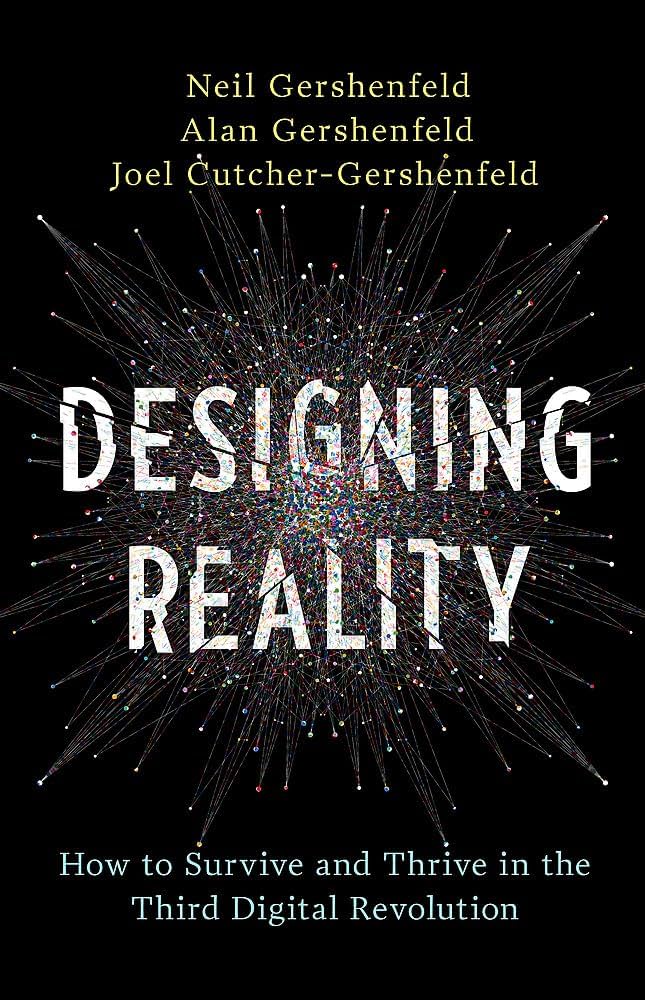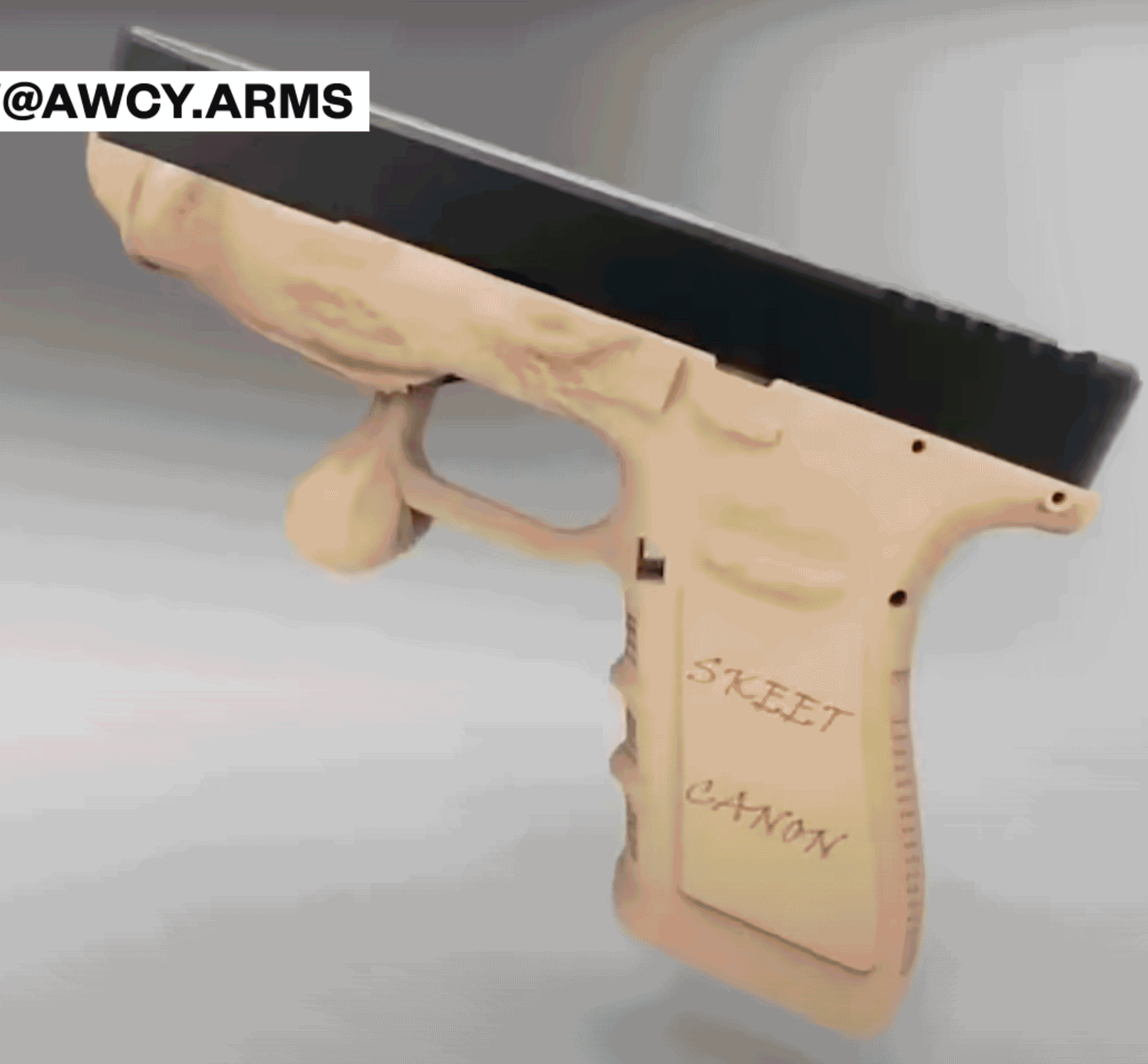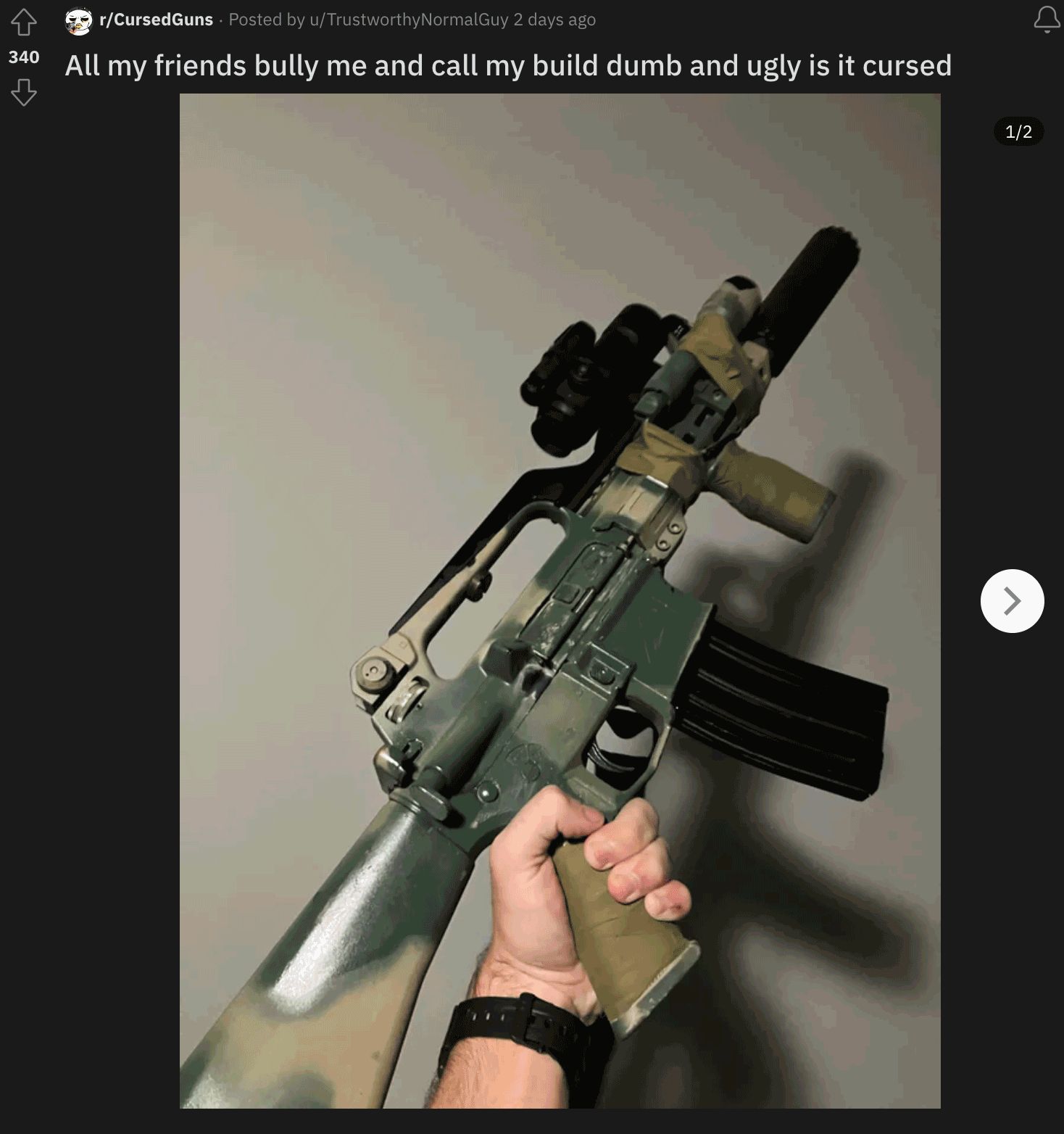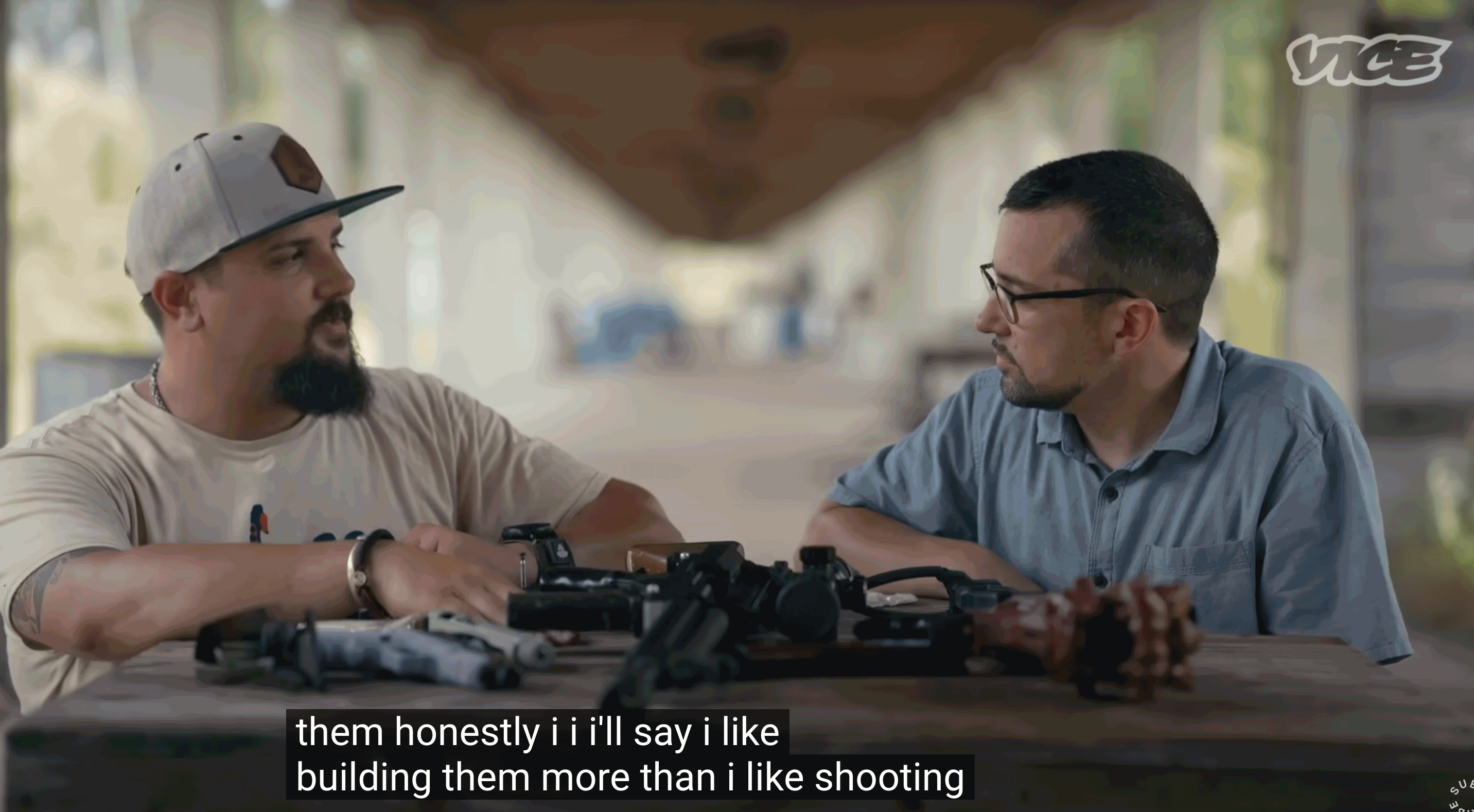First Intervention 🔫
22/01/2024 - 05/02/2024
During winter break I tried to reflect on the work and interventions done for the design dialogues. After making some previous research on how humans interact with other living things as plants fungi… I decided to make research focusing on what role does digital fabrication play in this interaction between humans and non human things. As I still don’t know how to mix this two subjects, I decided to aim this first intervention on the empowerment and benefits of digital fabrication.
The third digital revolution
The third digital revolution is a journey (that has already started) into a future where the boundaries between the physical and digital worlds blur, ushering in a new era of possibilities and challenges that will shape the course of the technological landscape for years to come. Nowadays, cutting-edge digital fabrication primarily relies on massive machines operated by skilled professionals at research institutions and major corporations. Yet, in the near future, the capabilities of these machines will be within reach for everyone, similar to how at the time, pocket-sized computer people carry now rivals the computing power of a past mainframe computer. Here is where digital fabrication plays a huge factor. By democratizing fabrication tools and techniques (fables, ateneus de fabricació, makerspaces…) Things that usually were expensive to make now only cost a few dollars in materials and a few minutes in time. As Neil Gershenfeld writes on “Designing Reality: How to Survive and Thrive in the Third Digital Revolution”, the fact that now everyone has access to different tools means that everyone can be capable of making almost anything and this pops up the question: What is digital fabrication good for?
“While I was asking how to do it, and not why, they were showing that just as the killer app for digital computing was personal computing, the killer app for digital fabrication is personal fabrication. The point was not to make what you could buy in stores; it was to make what you couldn’t products for a market as small as one person.”
I ended up liking a lot the last part of the quote “products for a market as small as one person”. What does this really mean???


Empowering makers
The way I see it, the quote highlights the idea that the true power and purpose of digital fabrication lie in creating customized products tailored to the individual, catering to their unique needs, preferences, and desires. Personal fabrication shifts the focus from current mass production for masses to a more intimate and personal approach, allowing people to design and craft items that meet with their specific requirements, making the technology a tool for self-expression and individuality.
I really like the terms “intimate”, “personal”, “self-expression” and “individuality” because to me these terms really go beyond of what we conceive today as market. At the same time they point at the future they also go backwards, when craft was the only way to produce. The third digital revolution will represent the empowerment of consumers to make their own things and do it the way they want.

Case study: Ghost Guns 👻
While researching on the subject and trying to see how can I interact with communities for the inteervention, I found out what to me might be one of the best examples about the empowerment of the users. “Ghost Guns”. According to chatgpt: Ghost guns refer to firearms that are typically assembled at home by individuals, often using readily available components and kits. What sets them apart is the lack of a serial number or any traceable markings, making them difficult to track by law enforcement. These firearms can be constructed from 3D-printed parts, unfinished receivers, or other unregulated components, allowing individuals to bypass background checks and purchase restrictions associated with commercially manufactured guns. The term "ghost" is used because these firearms essentially exist off the radar, making them challenging to trace or regulate. People may choose to build ghost guns for various reasons, including privacy concerns, a desire to avoid government oversight, or simply because they enjoy the process of crafting their own firearm.
I believe the concept of ghost guns go beyond this, by seeing how different gun makers communities interact I really got fascinated by how the perfectly exemplify the empowerment of makers through digital fabrication. With the rise of 3D printing and easily accessible firearm components, individuals can craft their own firearms at home. This process grants them a level of autonomy and self-sufficiency, tapping into the ethos of the maker movement. While the debate around regulation and safety persists, the phenomenon highlights how digital fabrication technologies empower individuals to create objects that were once exclusively produced by manufacturers. It raises questions about the balance between individual freedom, technological innovation, and the need for responsible use and oversight.
I tired to contact with the community Are We Cool Yet?, one of the biggest ones in the ghost guns world trying to know more about how they feel empowered through making and why do they do it but I didn’t get a response by them yet. So I will keep trying with other communities and members because I’m really interested in knowing their insights.


Reflection: How this helps my research and where should I go from here????
After reseraching about users empowerment through digital fabrication and doing the case study I question myself: How did all of this helped me? In the vice documentary (Where most of the pictures here taken from) the reporter mentions the fact that most of the people would be unable to do a process like a ghost gun by themselves because they lack digital fabrication knwoledge. This reflection had me thinking questions for my personal project. How whould it be possible to make this knowledge more available for everyone? Would it be possible to also democratize bio-fabrication techniques with it? Would it be easier to do it? Is it possible to simplify users and machines interactions without making blackboxes????